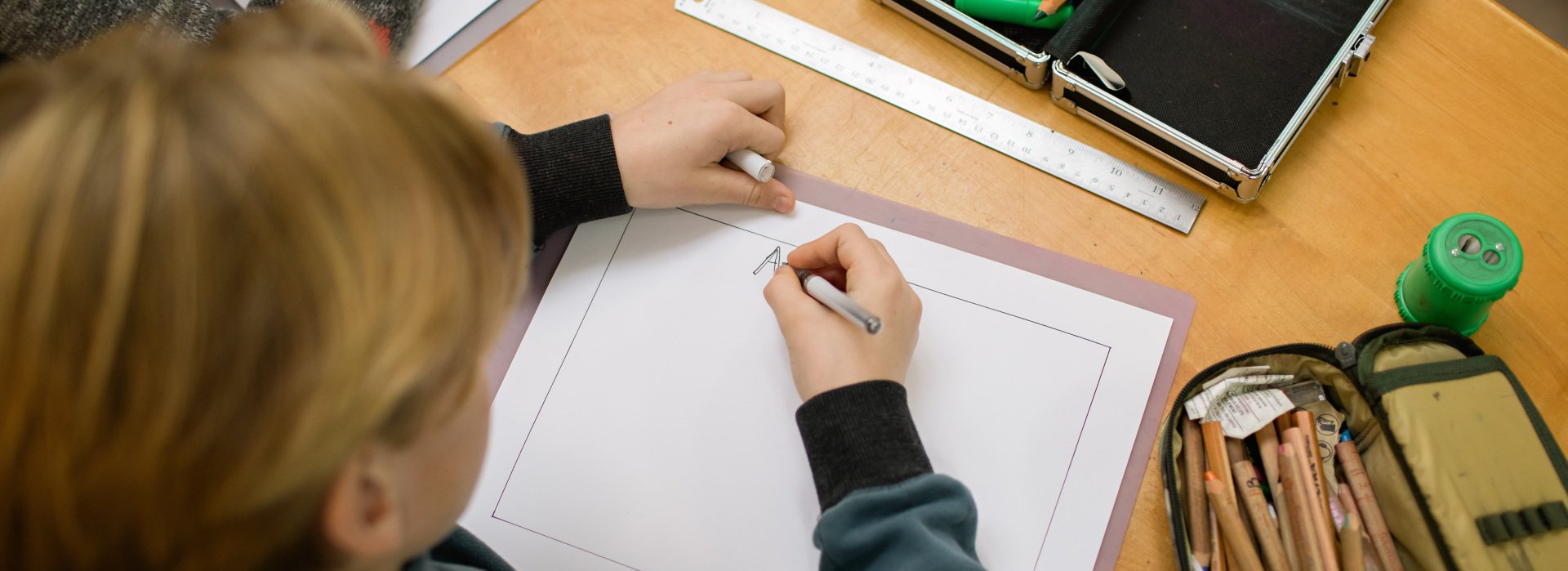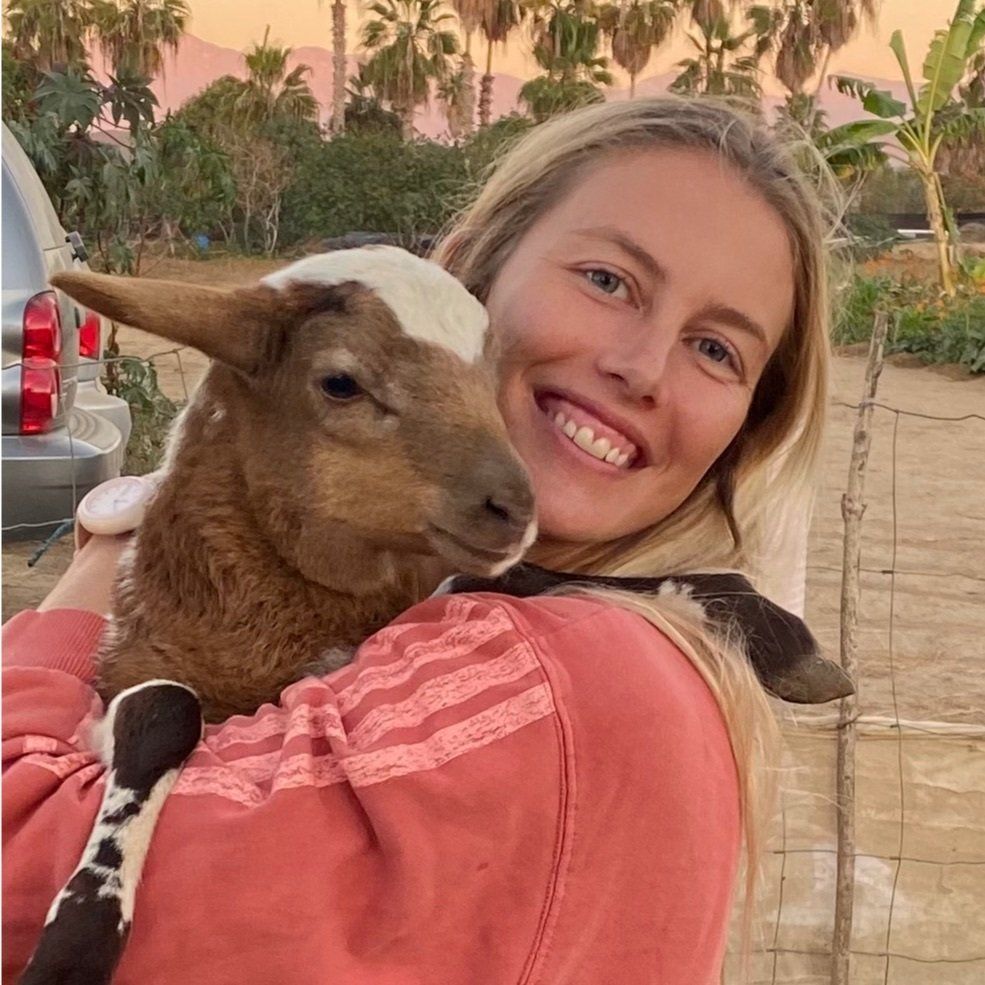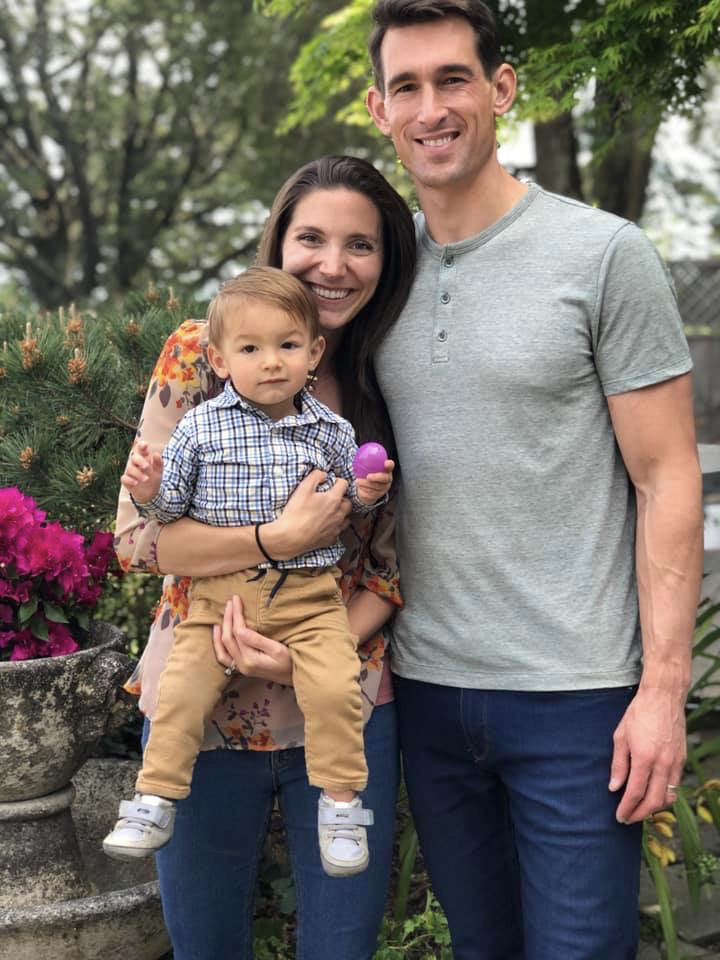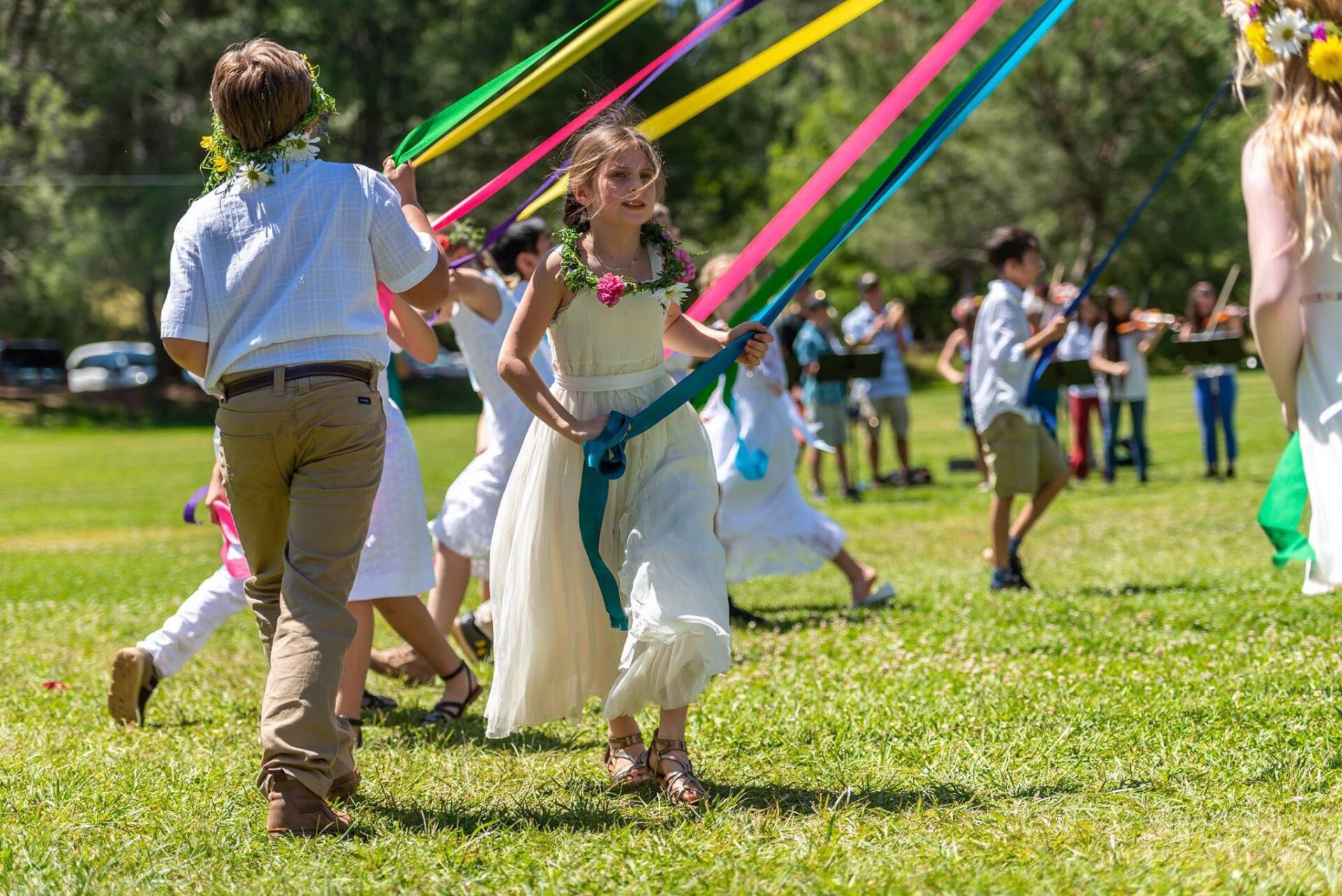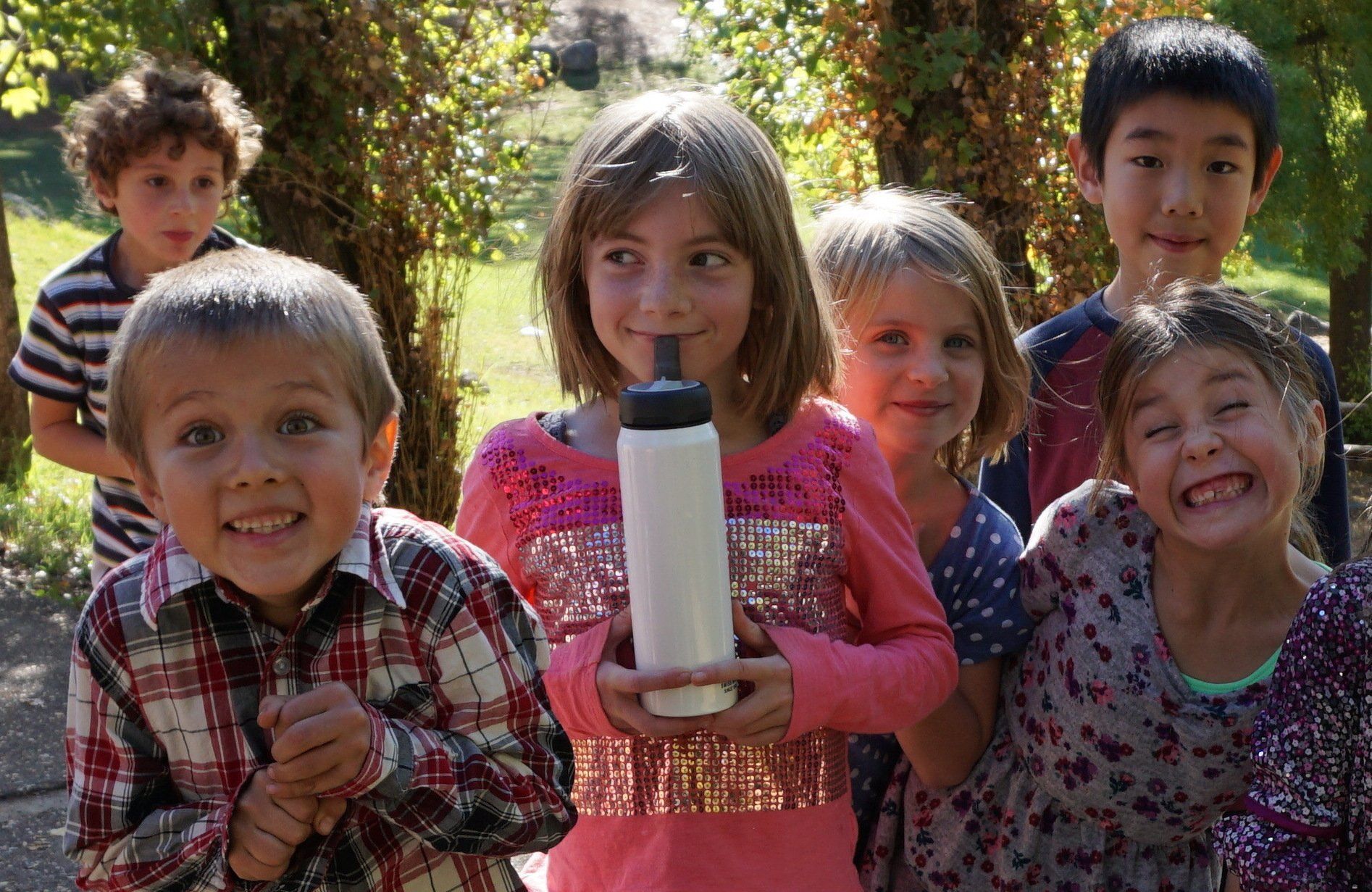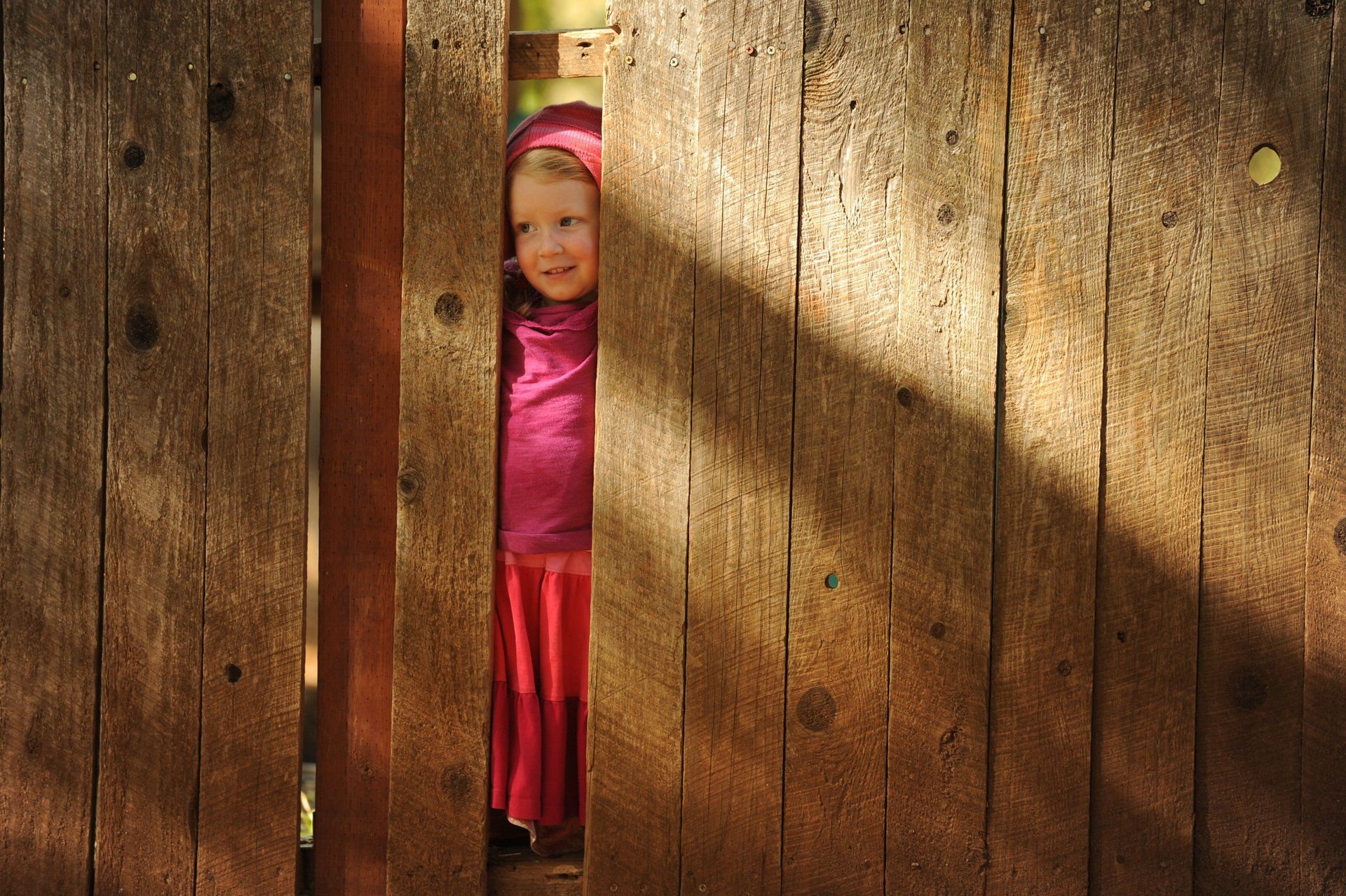Blog Post
Head, heart and hands, what does it mean to educate the head, thinking?
Rev Bowen • Jan 16, 2021
(3 of 3 in The Head, Heart, and Hands Series)

It strikes me that in the Christmas story, there were the three Magi, or Wise Men, who came from afar, following a star, to witness the newborn babe who was to be a great leader/king. I am not attempting to emphasize this particular story for any religious proselytization. My interests in any and all religions are focused on the esoteric and universal value of the stories. Can we apply such imaginations and messages to our lives today in a meaningful way? In other words, I am not concerned about whether not Jesus or Siddartha or Lao Tzu or Krishna--or whichever other religious figures one might name--I am not concerned with whether they really lived and did all the things ascribed to them. I have no way to prove or disprove such things. Therefore, what interests me is the deeper meaning of these stories.
And this is a deeply significant reason I chose to become a Waldorf teacher. The story is the central element of each day's main lesson. It provides pictures and imaginations in which everything else we do can find context. Creative and innovative teachers take elements from the stories and weave them into math lessons, language lessons, review activities, movement activities, songs, poetry, sculpture, drawings, paintings, drama, games, etc. It is more prevalent in the early grades, but this applies throughout the journey through the eight grades. The story is the starting point.
What happens when we hear a story? If our inner wills are strong, if our feeling life is flexible and rich, then we engage in a very important "thinking" activity: we imagine. This is not the same as fantasy or whimsical fancy. This is not mere creativity. Nor is this the same as intellectualizing. Thinking is not the means to simply acquire knowledge. It is certainly more than the filing away of data in memory. Imagination, I suggest to you, lies in between , like the porridge that Goldilocks eats. It is the one that is not too hot and not too cold; it is just right.
Returning to the story, I fully acknowledge that it is helpful when we are listening to a skilled storyteller. The skilled teller has learned and practiced how to present a living image. They appeal to all the senses. They appeal to all the temperaments. They know when to move quickly, when to slow, and when to pause. They are not merely repeating what has been read and/or memorized; the skillful storyteller is also actively imagining, and telling what he or she sees and feels and senses in the moment--all of it within. Yes, there are very skillful audiobook readers. Even this is not as thrilling as hearing a story being told from the heart by a skillful storyteller.
Over the last couple of decades, I have learned adequate skills in storytelling. There are many who are much farther along on that path of mastery. Despite my shortcomings as a storyteller, I have seen dozens of children, while listening to stories I told, transform. They stop fidgeting with things. They lose interest in their neighbors. They have their eyes and ears open to what I am saying orally and what gestures I may make as I present the story, and yet they also transport to a place where they bridge two worlds. They are in the classroom listening and they are in their own world of imagination, creating pictures. The young ones' mouths are often agape. The focus softens. Though they can appear somewhat glazed over, they are actually quite engaged and quite active...inwardly.
Let us pause for a moment and remember the parts of the body we have already covered in relation to the willing and feeling forces. We saw that the willing forces are most associated with the limbs and that the "hands" are the symbolic part in the "Head, Heart, Hands" slogan. The feeling forces are associated with the torso and those four cardinal organs, most symbolically the heart. So now we come to the head. Of course, it is easy for us to associate thinking with the head. When we picture the head, we see a somewhat spherical arrangement of bone lobes that protect an inner organ, the brain. And this is reflected in what I just described with the story listener (and teller actually). They have some out activity, that of telling and listening. But by far, most of the activity is occurring inside of them. They are highly engaged in an activity within themselves, within "their own worlds".
And this activity of thinking is enhanced by a strong foundation of well developed willing and feeling forces. When the child has strong will forces, they are willing to build the pictures themselves. This is one of the reasons visual media has a detrimental effect on a child. Rather than being active in their inner wills with picturing, they are passive. They receive rather than build. Keep this in mind. Moreover, when they have a well-developed and balanced feeling life, they are more able to relate to the emotional elements involved in stories. They have a healthy sense for courage, fear, love, hatred, anger, disgust, joy, etc.
Obviously, thinking has been and continues to be the subject of much and wide-ranging research. I will not attempt to summarize. Instead, I will acknowledge a bit of oversimplification when I say that the thinking we strive to develop in Waldorf education is a balance between the poles of "warm" fantasy and "cold" intellectualism. We want our students to be equally adept at engaging in the cooler logic of algebra and the warmer subjectivity of poetry, the cooler reasoning of debate and the warmer creativity of language composition. The ability to span such ranges of thinking activity requires, like so many human endeavors, flexibility and strength. Logic is so important, but it is not enough on its own. Fantasy is so important, but it is not enough on its own. Imaginative thinking, the ability to picture what is real and what is not quite or not yet real--this kind of thinking utilizes the best of both capacities.
Why is it important that we have the strength of the will forces and the flexibility of the feeling forces in our imaginative thinking? Each human being and indeed humanity faces great challenges today. This world is fraught with challenging scenarios for the individual and for our species. To meet and overcome this outer resistance, we must be able to also overcome the inner resistance of overwhelm and apathy. We must be able to healthily feel and empathize for our fellow human beings. And all of this must inform our ability to picture what is real and what is not yet real. The solutions to great challenges are rarely obvious or easy. If they were, then the challenges would not be so great. Such challenges require strong wills, healthy emotional intelligence, and the ability to see possibilities, to vividly picture what we cannot simply see with the naked eye. This is the healthiest balance of human thinking.
I will leave you with a handful of quotes, all from Albert Einstein, who many regard as one of the great "thinkers" of human history.
For the value of the will...
"It's not that I'm so smart, it's just that I stay with problems longer."
For the idea that powerful thinking is picture-based...
"I very rarely think in words at all. A thought comes, and I may try to express in words afterwards."
For the need to have thinking be warmed, not just cold intellect or knowledge...
"Imagination is more important than knowledge. For knowledge is limited, whereas imagination embraces the entire world, stimulating progress, giving birth to evolution."
and...
"Logic will get you from A to B. Imagination will take you everywhere."
For the ability to see new possibilities...
"We cannot solve our problems with the same thinking we used when we created them."
and...
"The true sign of intelligence is not knowledge, but imagination." and...
"I never made one of my discoveries through the process of rational thinking."
Share
Tweet
Share
Mail

By Rev Bowen
•
20 Dec, 2020
For the young person, this mystery can be overwhelming. If we do not endeavor to help young people learn about their feelings and how the feeling life works, then we leave them like rudderless rafts on a rising river. Teachers and parents can help children learn how to affect their feelings so that they can strive toward equilibrium when they need to do so. This starts at the very beginning.

By Rev Bowen
•
14 Dec, 2020
In Waldorf education, it does not start with a curriculum; it starts with understanding the child. So for these three weeks leading up to the Winter Holidays Break, we will take a look at a three-part lens we use in Waldorf Education. It is characterized in "Head, Heart, Hands", but I will now refer to it as Willing (hands), Feeling (heart), and Thinking (head).
To Learn More, Contact Us:
Thank you for contacting us.
We will get back to you as soon as possible.
We will get back to you as soon as possible.
Oops, there was an error sending your message.
Please try again later.
Please try again later.
Contact Info
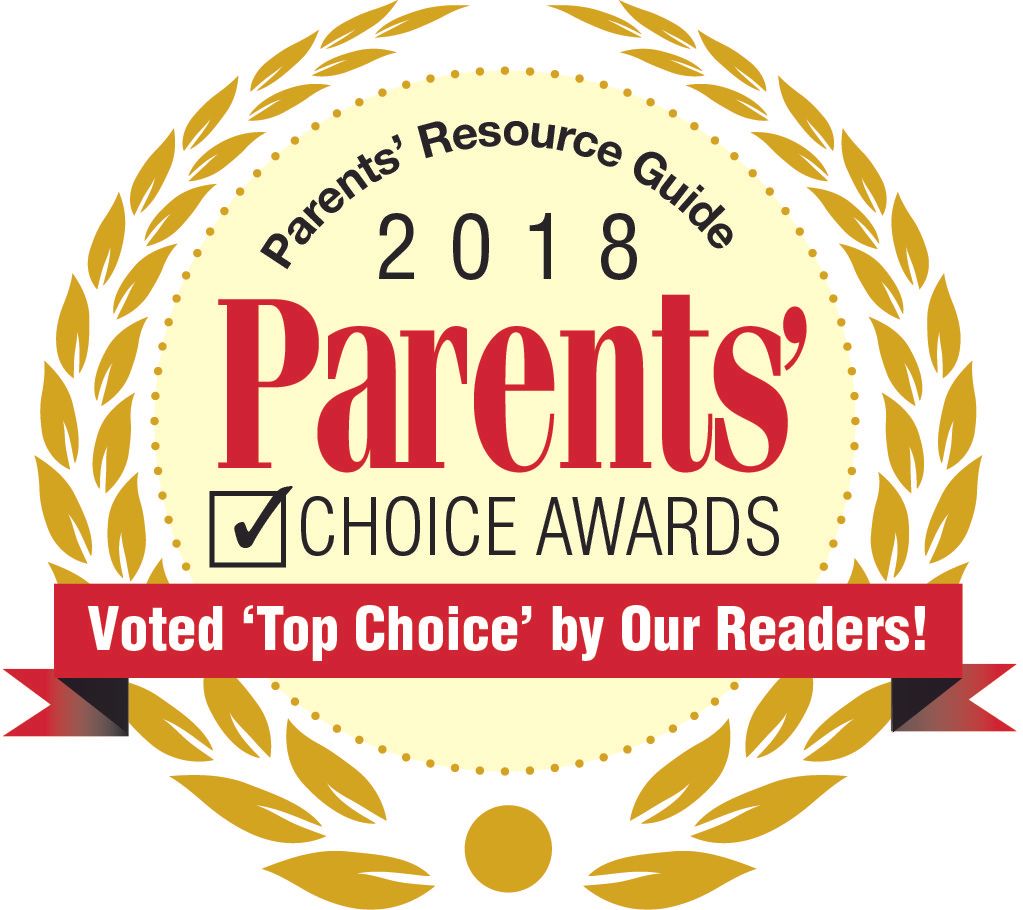



This site is not a part of the Facebook website or Facebook Inc. Additionally, this site is NOT endorsed by Facebook in any way. FACEBOOK is a trademark of FACEBOOK, Inc.

